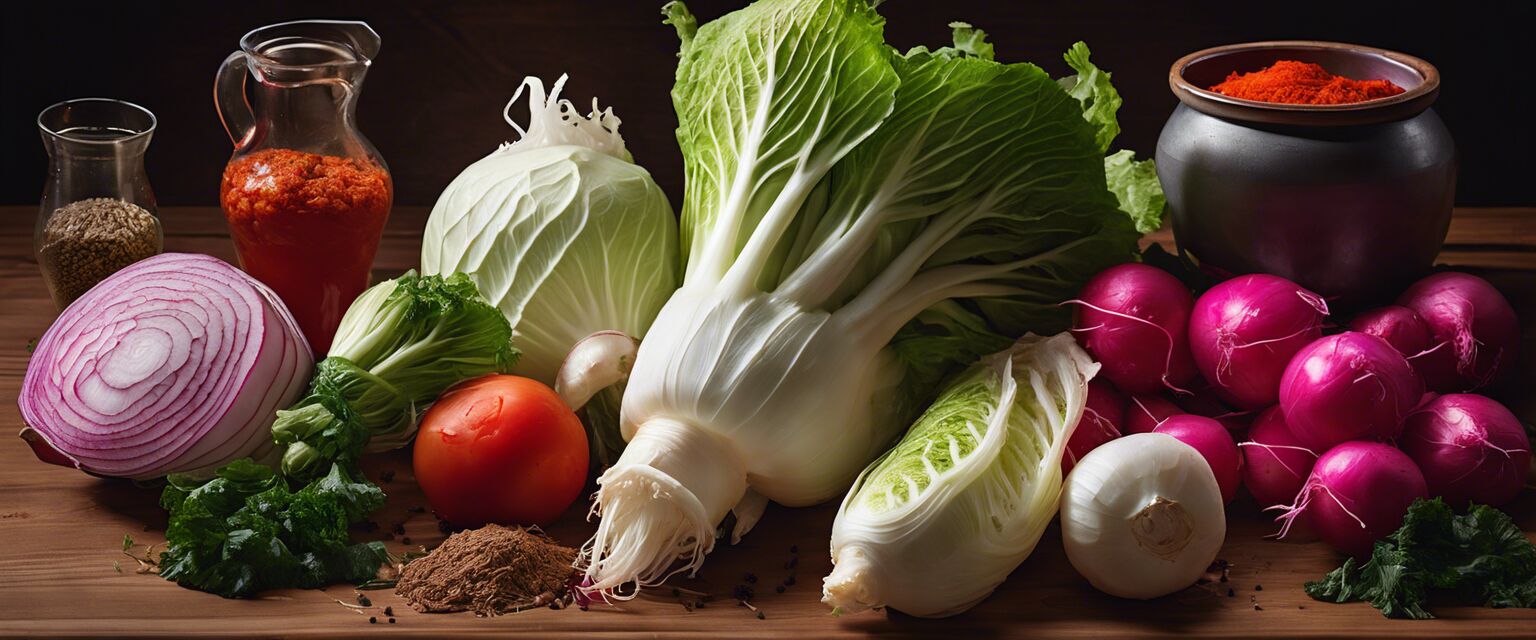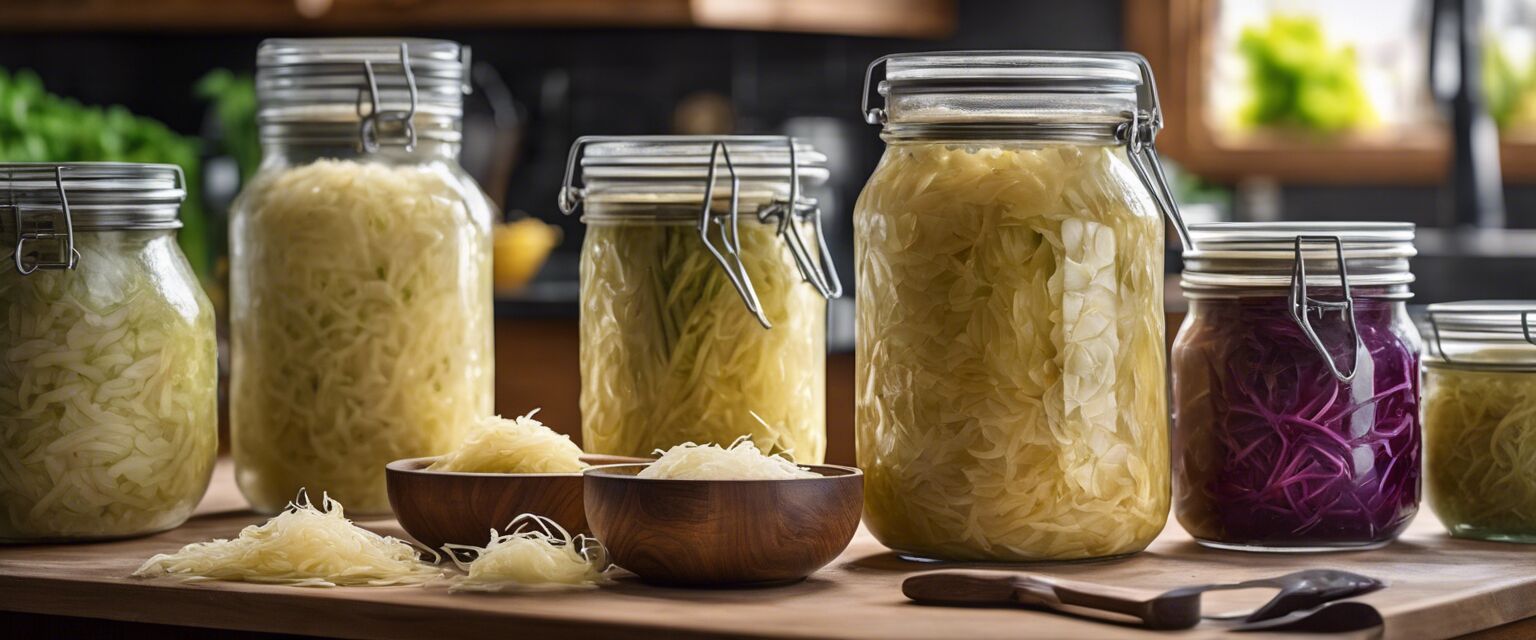
Sourdough Starter Kits
Sourdough starter kits are essential for anyone looking to delve into the world of sourdough bread making. They usually include everything you need to cultivate your own starter, making the process straightforward and enjoyable. In this article, we will explore the various components of sourdough starter kits, how to use them successfully, and tips for maintaining your starter.
Key Takeaways
- Sourdough starter kits typically include flour, a jar, utensils, and instructions.
- Maintaining your sourdough starter requires regular feeding and care.
- Homemade sourdough can be used for various recipes beyond just bread.
- Experimenting with different flours can yield unique flavors in your sourdough.
- Patience is key in sourdough baking; it may take time to perfect your technique.
What is a sourdough starter?
A sourdough starter is a mixture of flour and water that captures wild yeast and bacteria from the environment. This natural fermentation process creates a leavening agent that can be used to make bread rise, providing a distinct flavor profile and texture compared to commercially yeasted bread.
Components of a sourdough starter kit
Most sourdough starter kits come equipped with essential items needed to begin your sourdough journey. Below is a table highlighting common components found in these kits:
| Component | Description |
|---|---|
| Flour | High-quality flour, often whole wheat or all-purpose, which is crucial for feeding the starter. |
| Jar | A glass jar for fermenting the starter, usually with a breathable lid or cloth for airflow. |
| Utensils | A spatula or spoon for mixing the ingredients and handling the starter. |
| Instructions | A guide detailing how to create and maintain your starter, often with tips for successful baking. |
How to use a sourdough starter kit
Using a sourdough starter kit is straightforward. Hereâs a step-by-step guide:
- Mix the ingredients: Combine equal parts flour and water in your jar based on the instructions provided.
- Allow fermentation: Cover the jar with a breathable material and let it sit at room temperature for 5-7 days, feeding it daily.
- Check for bubbles: Look for bubbles and a rise in the mixture, indicating that fermentation is occurring.
- Use the starter: Once bubbly and doubled in size, your sourdough starter is ready to be used in recipes.

Maintaining your sourdough starter
Regular maintenance is key to a healthy sourdough starter. Here are a few tips:
Tips for beginners
- Feed your starter daily with equal parts flour and water.
- Store your starter in a cool place if you wonât be using it frequently.
- Keep a consistent feeding schedule to maintain its activity.
- Experiment with different types of flour like rye or spelt for varied flavors.
- Donât be discouraged by failures; sourdough baking takes practice!
Common sourdough recipes
Once you have a thriving sourdough starter, you can use it in various delicious recipes. Here are some common options:
- Sourdough bread
- Sourdough pancakes
- Sourdough pizza crust
- Sourdough bagels
- Sourdough crackers
Conclusion
Sourdough starter kits provide a fantastic entry point into the world of home baking. With the right tools and a little patience, you can create delicious bread and other baked goods at home. Remember to have fun and experiment with different recipes and techniques to find what works best for you.
Pros
- Easy to use for beginners.
- Includes all necessary components.
- Encourages creativity in baking.
- Healthier than store-bought options.
Cons
- Requires regular maintenance.
- May take time to perfect.
- Some ingredients can be hard to find.

Explore more about fermentation
If you're interested in exploring more about fermentation and its benefits, check out the following pages:








